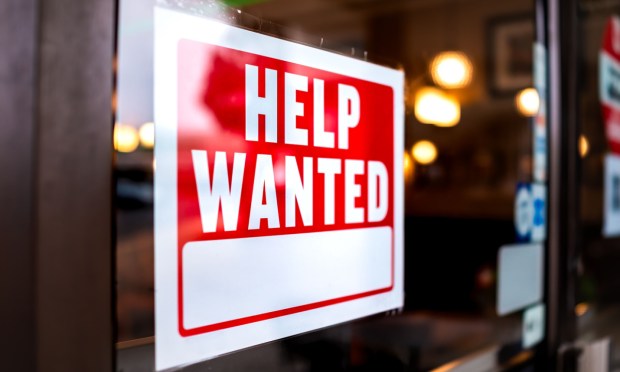Bite Ninja Bets on Restaurant Remote Workforce Despite Diner Frustrations

As labor-crunched restaurants seek to get more productivity out of their workforce, one tech startup is offering a remote work solution, even as diners demand just the opposite — more face-to-face service.
In an interview with PYMNTS, Will Clem, co-founder of Bite Ninja, which offers a just-launched remote staffing solution, NinjaQ, for restaurants, explained that the technology enables multi-location restaurants to minimize downtime, getting more out of their workforce. He cited the example of a chain that has locations from coast to coast.
“One of the advantages is working across time zones,” Clem said. “So, say, you’re working in the Eastern time zone. You help through the rush and then jump over to Central and Mountain and Pacific. By the time you finished Pacific, now it’s dinnertime, and you go back to Eastern Time Zone and start over again. So it takes an inherently inefficient industry that’s very hard to staff for and makes it much more efficient.”
Through the remote staffing system, workers call into the drive-thru window or front counter (or, on the rarer occasions that restaurants have video screens, they can video call in) and take orders, routing the information to kitchens.
Additionally, restaurants that do not have their own workforce of this kind can tap Bite Ninja’s workforce. However, Clem noted that most choose to use their own staff, and doing so tends to work better, given that restaurants’ own employees have a greater familiarity with the menu and with the specific needs of that brand.
Certainly, there is demand among restaurants for more efficient labor solutions. Research cited in “Inflation Makes Technology Table Stakes for Restaurants,” the March edition PYMNTS’ “Money Mobility Tracker®,” created in collaboration with Ingo Money, revealed that three-quarters of restaurant operators plan to adopt technology this year to address their labor and cost challenges.
Yet applying these kinds of solutions to customer-facing roles could have drawbacks, with consumers growing frustrated with declining restaurant service. PYMNTS data indicates that nearly half of restaurant customers have noticed eateries reducing hours or shuttering dining rooms, 34% have seen longer order processing times, and 27% have received lower-quality service.
In fact, consumers crave friendly, familiar service. A PYMNTS study last year, “The Digital Divide: Technology, the Metaverse and the Future of Dining Out,” which drew from a survey of nearly 2,500 U.S. consumers, found that 74% say that being served by the same waitstaff every time they visit a restaurant positively impacts their satisfaction.
The same study revealed that reveal more than three-quarters (77%) of restaurant consumers say staff friendliness is the most important feature a restaurant needs to provide, and 39% of consumers believe that restaurants are becoming less and less personal.
Clem argues that the technology is a step up in terms of personal service, comparing it not to face-to-face interactions but to self-service technologies such as kiosks and mobile ordering, though it is unclear that consumers will make the same comparison.
Down the line, he sees artificial intelligence (AI) playing a greater role in informing servers about diners’ preferences, showing previous order data, but not taking over the job.
“A lot of companies out there are saying, ‘We’re gonna take AI and replace the cashier.’ You’ve got to be really careful with that,” Clem said. “That’s not my approach. AI can have a negative connotation with your brand, if not managed correctly. [We] take AI and assist the cashier, so it can make the cashier much more friendly. … Still, at the end of the day, there’s a human taking the order.”

